In an era where online transactions have become an integral part of our daily lives, ensuring the security of our financial information is paramount. Whether you’re shopping for the latest gadgets, clothing, or groceries, implementing robust security measures is crucial. This guide will provide you with essential tips to safeguard your online transactions and enjoy a worry-free shopping experience.
Understanding the Importance of Secure Online Transactions
Before we delve into the tips for safe shopping, let’s recognize why securing your online transactions is of utmost importance.
Significance of Secure Online Transactions
– Financial Security:
Protecting your financial information guards against unauthorized access and potential theft.
– Identity Protection:
Safeguarding personal details during online transactions prevents identity theft and fraud.
– Peace of Mind:
Knowing that your transactions are secure enhances your overall online shopping experience.
Tips for Safe Shopping: A Step-by-Step Guide
1. Shop from Secure Websites
– Look for HTTPS:
Ensure the website has “https://” in the URL, indicating a secure connection with encrypted data.
– Check for a Padlock Icon:
Look for a padlock icon in the address bar, signifying a secure and encrypted connection.
2. Use Secure Payment Methods
– Credit Cards or Secure Payment Gateways:
Opt for credit cards or reputable payment gateways that offer an extra layer of security.
– Avoid Public Wi-Fi for Transactions:
Refrain from making transactions on public Wi-Fi networks to minimize the risk of interception.
3. Enable Two-Factor Authentication (2FA)
– Enhanced Security:
Activate 2FA whenever possible to add an additional layer of protection to your accounts.
– Text or Authentication App:
Choose between receiving a code via text or using an authentication app for added security.
4. Regularly Monitor Your Accounts
– Review Statements:
Regularly check your bank and credit card statements for any unauthorized transactions.
– Set Transaction Alerts:
Enable transaction alerts to receive notifications for any activity on your accounts.
5. Keep Software and Antivirus Updated
– Automatic Updates:
Ensure your device’s operating system, browsers, and antivirus software are set to update automatically.
– Regular Scans:
Run regular antivirus scans to detect and remove any potential threats.
6. Be Wary of Phishing Attempts
– Verify Emails and Links:
Double-check emails and links, especially those requesting sensitive information, to avoid phishing scams.
– Avoid Clicking on Unknown Links:
Refrain from clicking on links in emails or messages from unknown or suspicious sources.
Conclusion: Safe and Secure Shopping Habits
In conclusion, implementing these tips for safe shopping will significantly enhance the security of your online transactions. By choosing secure websites, using reliable payment methods, enabling 2FA, monitoring your accounts, keeping software updated, and being cautious of phishing attempts, you can create safe and secure shopping habits.
Remember, being proactive about your online security not only protects your financial information but also contributes to a positive and stress-free online shopping experience. Stay vigilant, follow these guidelines, and enjoy the convenience of online transactions securely. Happy and secure shopping!

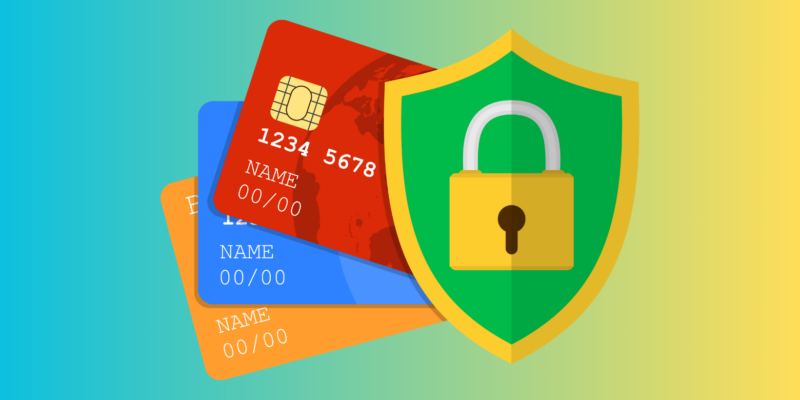
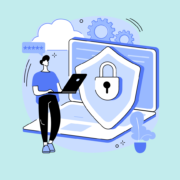
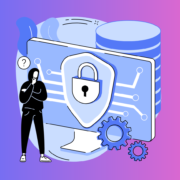





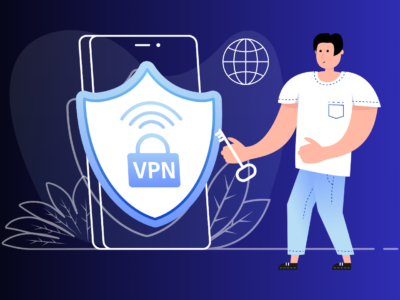
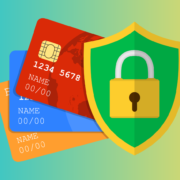

Comments